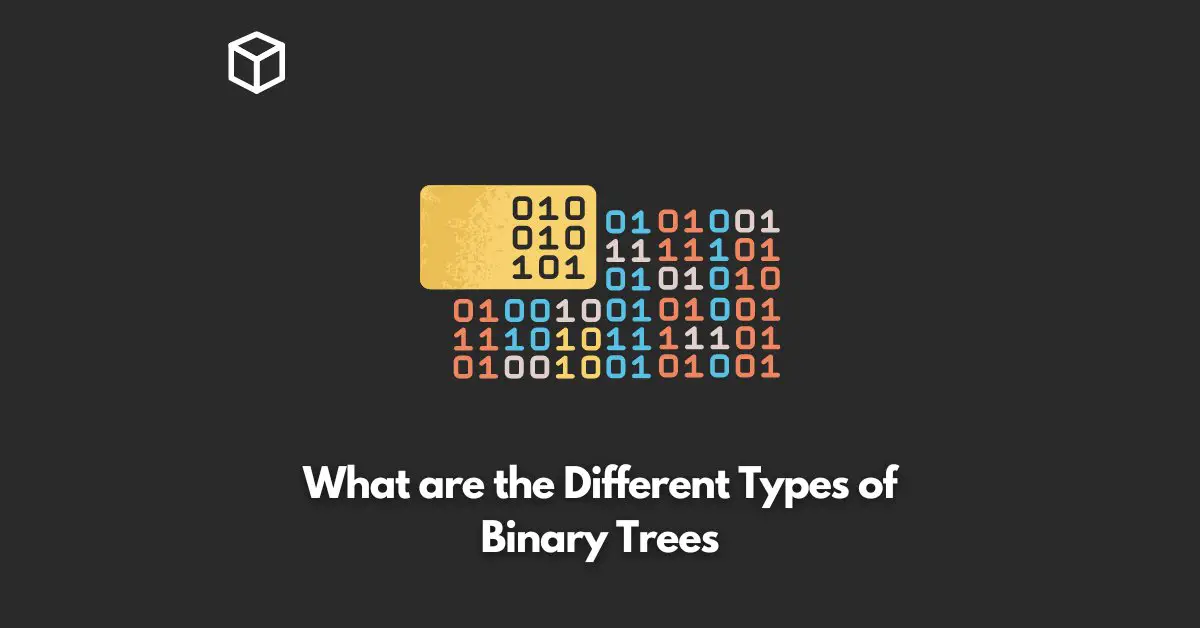A binary tree is a type of data structure in computer science that is widely used for organizing and storing data efficiently.
In this article, we will discuss the different types of binary trees and their applications.
Introduction of Binary Tree
Binary trees are a type of tree data structure in which every node has at most two children.
These children are referred to as the left and right child, respectively.
The root node is the first node in the tree, and it can have left and right children, which in turn can have children of their own.
There are various types of binary trees, and each type has a unique structure and purpose.
1. Full Binary Tree
A full binary tree is a binary tree in which every node has either zero or two children.
That is, all nodes in the tree are either leaves (which have no children) or have two children.
The height of a full binary tree is logarithmic in the number of nodes, making it a very efficient data structure for organizing and storing data.
2. Complete Binary Tree
A complete binary tree is a binary tree in which every level, except possibly the last, is completely filled, and all nodes are left-justified.
That is, the tree is filled from left to right, and when a new level is added, it is added to the leftmost empty position.
Complete binary trees are used for implementing priority queues, as they provide logarithmic access time for inserting and removing elements.
3. Perfect Binary Tree
A perfect binary tree is a binary tree in which all leaves are at the same level, and every parent node has two children.
Perfect binary trees are used for binary search algorithms, as they provide logarithmic time complexity for searching for elements.
4. Degenerate (or pathological) Tree
A degenerate tree is a binary tree in which every internal node has only one child.
Degenerate trees are inefficient for searching, as they require linear time complexity, but they are useful for representing sequences or lists.
5. Balanced Binary Tree
A balanced binary tree is a binary tree in which the difference in height between the left and right subtree of every node is not greater than one.
This property ensures that the tree remains balanced and the search time remains logarithmic even when the tree is large.
AVL trees and red-black trees are examples of balanced binary trees.
Conclusion
Binary trees are an important and versatile data structure in computer science.
Understanding the different types of binary trees and their applications is crucial for working with data efficiently and effectively.
From full binary trees to balanced binary trees, each type has its own unique structure and purpose, making them suitable for different use cases.
Whether you’re a beginner or an experienced programmer, learning about binary trees is a valuable investment in your computer science education.




